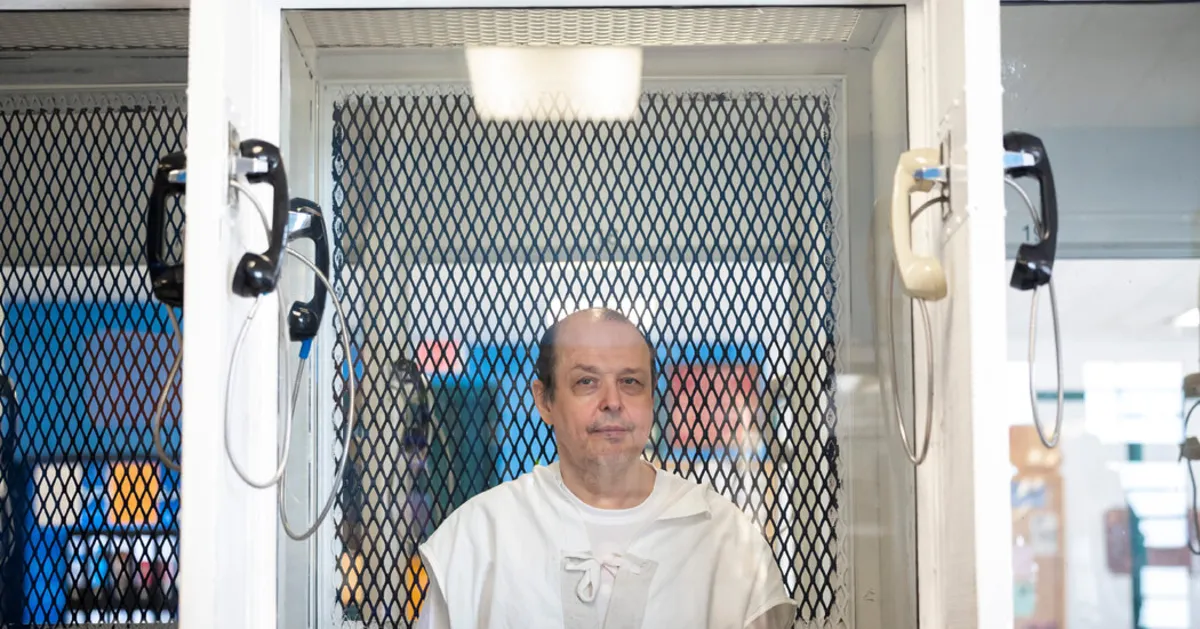
The top criminal court in Texas has halted the execution of Robert Roberson, an autistic man convicted of murdering his 2-year-old daughter, Nikki. The Court of Criminal Appeals issued a two-page order directing a lower court to reevaluate disputed evidence related to the controversial diagnosis of shaken baby syndrome. This decision comes just a week before Roberson's scheduled execution date, marking a significant development in a long and contentious legal battle.
Roberson was convicted in 2003 after a trial where prosecutors presented medical evidence and testimony indicating that Nikki had been violently shaken and beaten, leading to her tragic death. Two witnesses even testified that they witnessed Roberson shaking his daughter, demonstrating the action with a teddy bear for the jury. However, his legal team has raised significant questions about the validity of the shaken baby syndrome diagnosis, which has faced increasing scrutiny and is often referred to as junk science.
Roberson’s lawyers argue that Nikki did not die from murder but rather from medical complications related to illness and medication. “We are relieved and grateful,” expressed Gretchen Sween, Roberson's attorney. “We are confident that an objective review of the science and medical evidence will show there was no crime.” This sentiment highlights the ongoing debate surrounding the reliability of forensic evidence in cases involving shaken baby syndrome.
In 2013, Texas became the first state to enact a junk science law, which permits legal challenges in cases where forensic evidence that contributed to a conviction has since been discredited. This law played a pivotal role last year when the high criminal court ordered a new trial for Andrew Roark, a man previously convicted in 2000 of injuring a child by shaking. The court's ruling stated that the understanding of shaken baby syndrome had evolved significantly, emphasizing the need for a reassessment of evidence in similar cases.
In its recent order, the Texas court directed the lower court to consider Roberson's case in light of the Roark decision. It specifically pointed out the lack of evidence that shaking alone could lead to the kind of under-the-skin bleeding observed in Nikki. Justice Sonia Sotomayor of the Supreme Court described the Roark ruling as a “landmark opinion,” which underscores the shifting perspectives within the legal system regarding forensic evidence.
The question now facing the lower court is whether the relief granted to Andrew Roark necessitates a similar outcome for Robert Roberson. Roberson's execution has faced multiple delays, including a dramatic intervention last year by a bipartisan coalition of Texas lawmakers. This coalition, comprising mainly Republican representatives, issued a subpoena demanding Roberson’s testimony, challenging the separation of powers between the state legislature and the executive branch.
The conflict escalated to the Texas Supreme Court, where Governor Greg Abbott opposed the subpoena. Ultimately, the high civil court ruled that the legislators' actions were excessive, allowing a new execution date to be set. As Roberson's legal team prepares for the next steps, the attention and scrutiny surrounding this case serve as a reminder of the complexities and controversies inherent in the justice system.